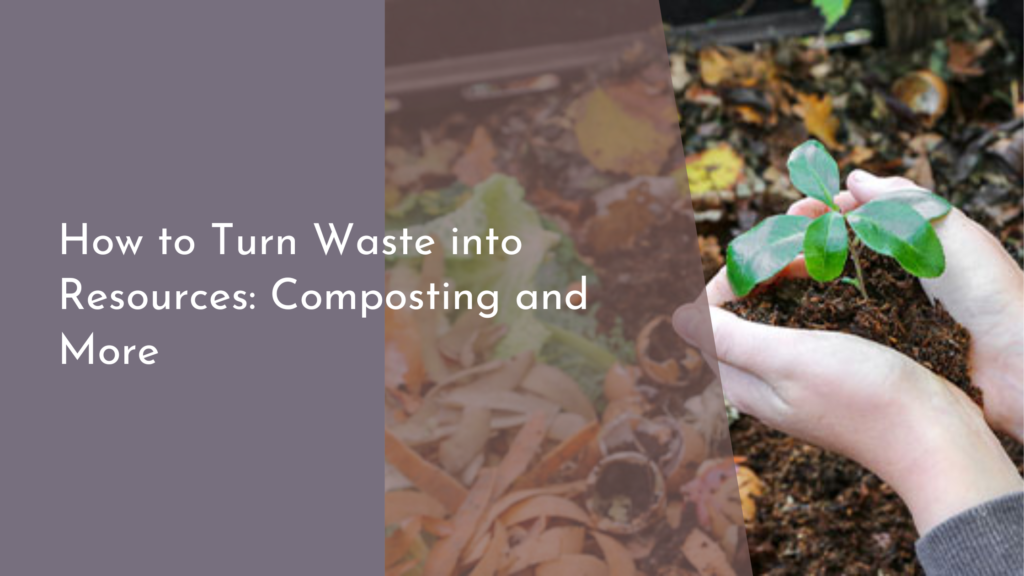Building Raised Beds for Enhanced Productivity
Growing your own food can be one of the most rewarding and satisfying experiences. Whether you’re a seasoned gardener or just starting out, raised garden beds can enhance your gardening experience and yield amazing results. They offer numerous advantages, including improved drainage, better soil quality, and easier access, all while providing a clean, aesthetically pleasing look to your garden space. With a little effort and planning, you can create your own raised beds that will not only beautify your yard but also boost productivity and increase your harvests.
In this article, we’ll explore the joys of raised garden beds, guide you through the essential materials needed for construction, provide a detailed step-by-step building guide, and share tips on maximizing productivity in your garden. With proper planning and execution, you’ll be well on your way to enjoying fresh, homegrown produce right from your backyard!
Discover the Joy of Growing with Raised Garden Beds
Raised garden beds provide an ideal environment for plants to thrive, allowing for better drainage, soil aeration, and root development. The elevated structure keeps soil warmer earlier in the spring and provides a longer growing season, which is particularly advantageous for vegetables. Additionally, they minimize soil compaction, which is crucial for root growth and overall plant health. The organized layout of raised beds also makes it easier to manage your garden space, giving you the chance to cultivate a wide variety of plants together harmoniously.
Beyond the practical benefits, gardening in raised beds can be a therapeutic activity that fosters a deeper connection with nature. The height of the beds makes planting, tending, and harvesting easier on the back and knees, allowing you to enjoy gardening without the strain. The vibrant colors and fragrances of your plants, paired with the satisfaction of watching them grow, can significantly improve your mental well-being. Raised beds allow you to create a personalized garden haven where creativity meets productivity.
Essential Materials for Your Raised Bed Construction
When building raised garden beds, selecting the right materials is key to ensuring longevity and functionality. Common materials include untreated wood, composite boards, or even bricks and stones. Untreated wood like cedar or redwood resists decay and blends beautifully into the landscape, while composite boards offer a maintenance-free solution that can withstand the elements. Make sure to avoid treated wood, as the chemicals used can leach into the soil and affect your plants.
Additionally, consider the size and design of your raised beds. A common dimension is 4 feet by 8 feet, which allows for easy access from both sides, but you can customize the size to fit your space. You’ll also need soil mix, which typically consists of a combination of garden soil, compost, and organic matter. This mix ensures that your plants have the nutrients they need to thrive. Don’t forget about drainage materials like gravel or wood chips that can help prevent waterlogging in your beds.
Step-by-Step Guide to Building Your Dream Raised Beds
Building your raised garden beds is a straightforward process that can be accomplished in just a few steps. First, decide on the location of your beds, ensuring they receive ample sunlight and are easily accessible for watering and maintenance. Once your location is set, mark the outline of your raised bed using stakes and string or spray paint. Next, gather your materials and cut the wood or materials to your desired sizes.
Assemble the raised bed by securing the corners with wood screws or brackets. If you’re using bricks or stones, stack them securely to create the wall of your bed. Once the frame is built, place it in your chosen location and fill it with your prepared soil mix. Level it off, and you’re ready to plant! This entire process can take just a few hours, depending on your design. Remember to take your time and enjoy the journey of creating your garden space!
Tips for Maximizing Productivity in Your Garden Space
To get the most out of your raised beds, consider companion planting, where you grow different crops in proximity to enhance growth and deter pests. Plants like marigolds can repel harmful insects, while leafy greens thrive next to taller plants, maximizing vertical space. Additionally, incorporating vertical gardening techniques can allow you to grow climbing plants, such as peas or beans, which will not only save space but also add visual interest to your garden.
Regular maintenance is essential for a productive garden. Incorporate a routine for watering, weeding, and monitoring for pests and diseases. Adding organic mulch can help retain moisture and suppress weeds, while regular crop rotation keeps the soil healthy and nutrient-rich. Finally, don’t forget to experiment! Try different varieties of plants and techniques each season to discover what works best for your garden. Enjoy the process, and watch as your raised beds become a thriving source of fresh produce throughout the year!
Building raised garden beds can transform your gardening experience, allowing you to enjoy the process of growing your own food while maximizing productivity. With the right materials, thoughtful construction, and a little creativity, you can create a beautiful and functional garden space that will yield bountiful harvests. So roll up your sleeves, gather your supplies, and embark on the journey of building your dream raised beds. Happy gardening!

